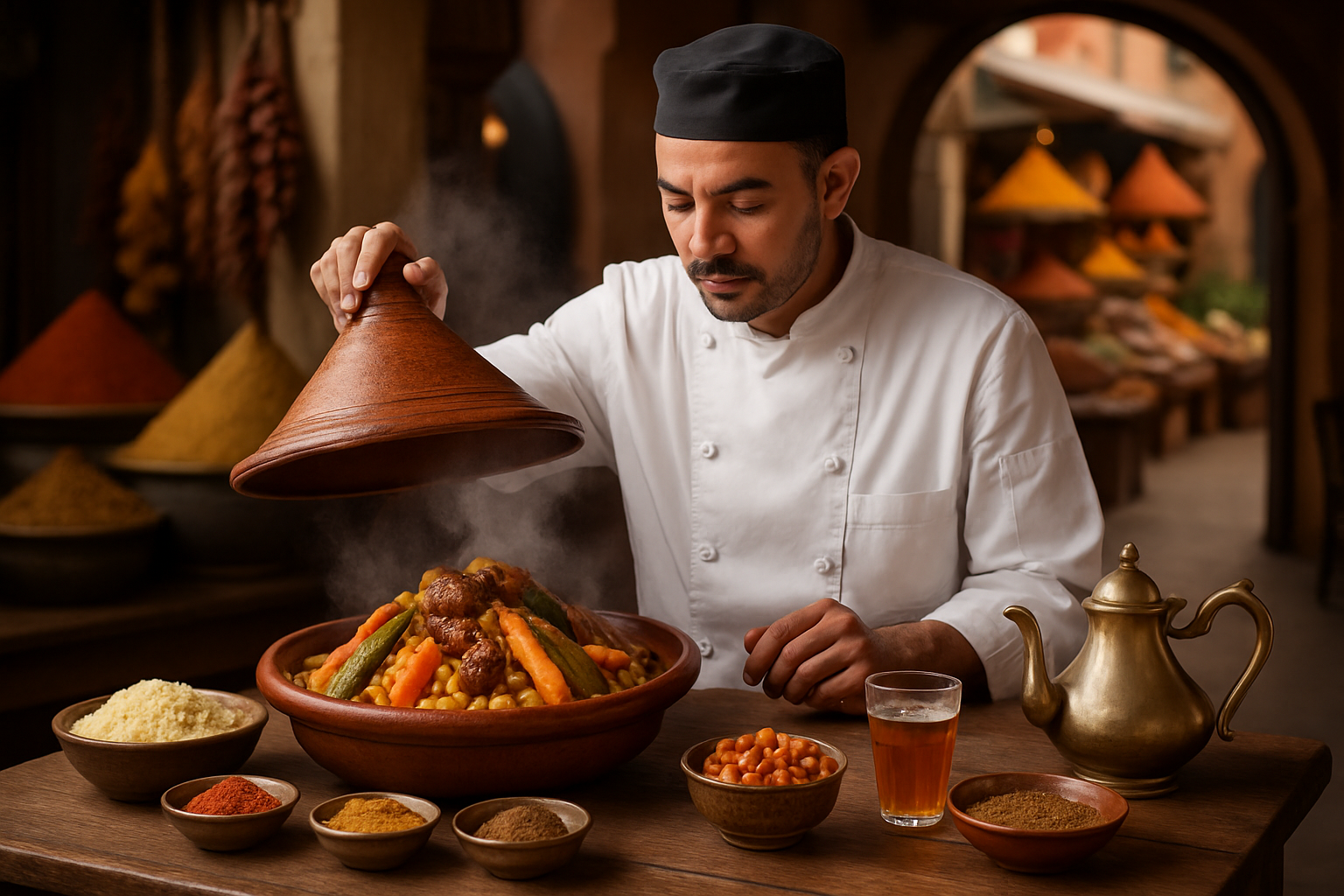Culinary Time Travel: Exploring History Through Traditional Cooking Classes
Embark on a gastronomic journey that transcends time and borders. Culinary time travel, the art of exploring history through traditional cooking classes, is revolutionizing the way adventurers experience culture and heritage. This immersive trend combines the thrill of hands-on learning with the rich tapestry of culinary traditions, offering a unique window into the past. From ancient Roman feasts to medieval banquets, travelers are donning aprons and wielding wooden spoons to uncover the secrets of bygone eras.

From Market to Table: A Journey Through Time
These culinary time travel experiences often begin with a visit to local markets, where participants source ingredients using traditional methods. Guided by expert chefs and historians, travelers learn to identify and select produce, spices, and meats that would have been available in specific historical periods. This immersive process not only educates about past culinary practices but also highlights the evolution of food production and trade over centuries.
Authentic Recipes and Ancient Techniques
At the heart of culinary time travel are the recipes and cooking techniques that have been passed down through generations. Participants might find themselves kneading bread in a 17th-century French bakery, fermenting kimchi in a traditional Korean hanok, or preparing intricate Ottoman palace cuisine. These classes often utilize period-specific utensils and cooking methods, providing a tactile connection to the past that goes beyond mere observation.
Cultural Context and Historical Narratives
More than just cooking lessons, these experiences are steeped in historical context. Expert guides weave tales of cultural significance, political intrigue, and social customs around each dish. Participants might learn about the spice trade while preparing an Indian curry, or discuss the impact of the Columbian Exchange while crafting a pre-colonial Mesoamerican meal. This multidisciplinary approach transforms a simple cooking class into a vivid historical reenactment.
Global Destinations for Culinary Time Travel
The trend has taken root in various destinations around the world, each offering unique glimpses into their culinary past. In Italy, travelers can learn to make pasta like ancient Romans in Pompeii. Japan offers opportunities to prepare traditional kaiseki meals in historic Kyoto machiya houses. In Peru, classes focus on Incan cooking techniques using ingredients native to the Andes. These experiences not only preserve culinary heritage but also support local communities by promoting sustainable tourism.
Savoring the Past: Key Ingredients of Culinary Time Travel
• Research historical accuracy of recipes and ingredients before booking a class
• Look for experiences that include visits to local markets or food producers
• Opt for classes that use traditional cooking tools and methods
• Choose programs that offer context about the era’s cultural and social norms
• Consider combining cooking classes with visits to historical sites for a fuller experience
• Be open to tasting unfamiliar flavors and dishes that may challenge modern palates
A Feast for the Senses and the Mind
Culinary time travel offers a unique blend of education, entertainment, and sensory exploration. By engaging with the tastes, smells, and techniques of the past, travelers gain a profound understanding of history that goes beyond textbooks and guided tours. This trend not only satisfies the appetite for authentic experiences but also fosters a deeper appreciation for the role of food in shaping human civilization. As the world of travel continues to evolve, culinary time travel stands out as a delicious way to connect with our shared heritage, one historical dish at a time.





